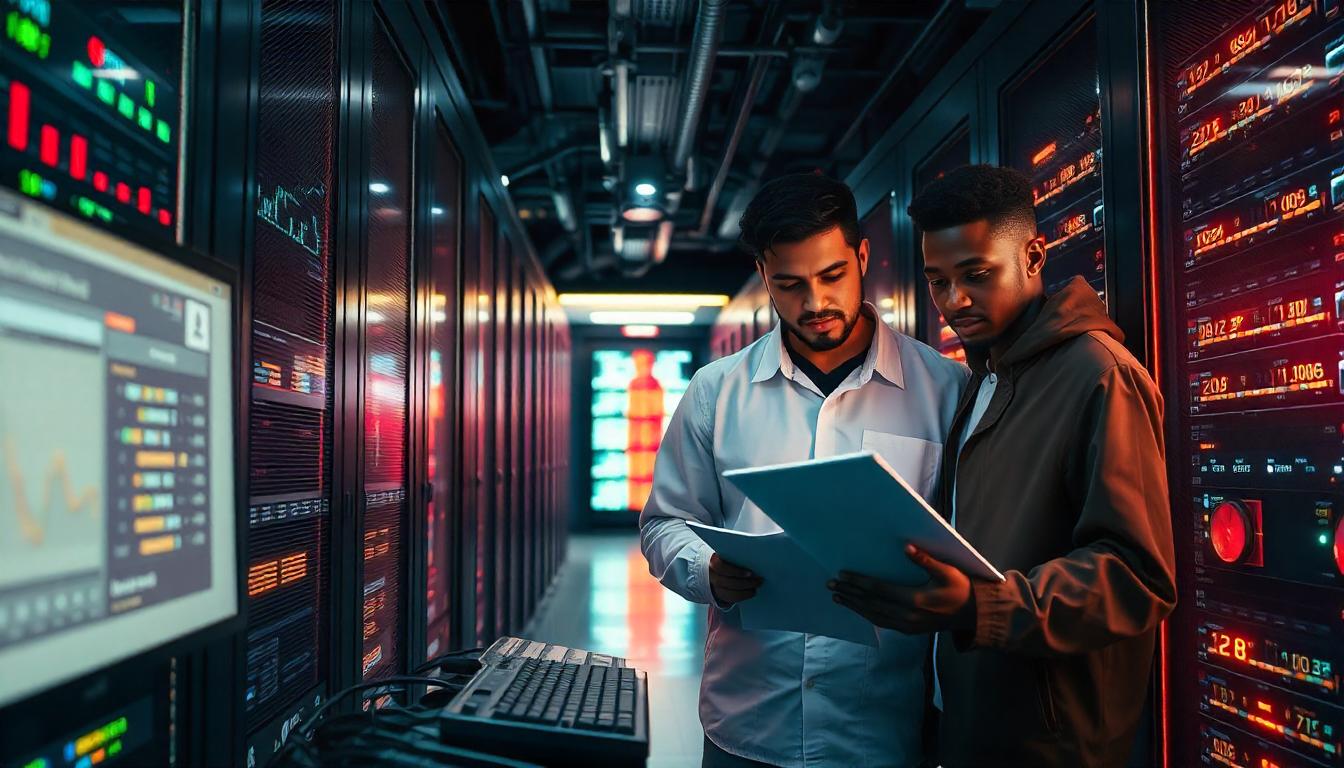As artificial intelligence (AI) data centers continue to expand, they may inadvertently help improve the economics for bitcoin miners — even those who aren’t directly involved with AI applications.
The growing competition between bitcoin miners and AI data centers for access to low-cost electricity could establish a stable baseline for hashprice, a key metric that miners use to gauge their revenue.
“Now, every new mining operation is asking the same question: is it more beneficial to use this power for AI workloads or for mining bitcoin?” said Spencer Marr, president of Sangha Renewables, a bitcoin mining company. “If AI companies are taking up more power, it means fewer resources for bitcoin mining, which could prevent hashprice from falling too much.”
Hashrate refers to the total computing power that secures the Bitcoin network, while hashprice measures how much a miner can earn per petahash of computational work. Currently, Bitcoin’s hashrate stands at around 770 exahash per second (EH/s), with hashprice averaging $61.12 per petahash per day. In previous years, hashprice was much higher, often above $1,000 per petahash.
A “floor” on hashprice would be beneficial for miners, as it would guarantee a certain level of profitability, even if the market turns unfriendly.
“In this competition for affordable electricity, the rise of AI could lead to more stable demand,” Marr said. “This stabilization would prevent hashprice from dropping too low and provide a more predictable environment for miners.”
However, Jaran Mellerud, co-founder of Hashlabs Mining, argues that AI data centers’ competition for electricity won’t significantly impact hashprice. He believes that bitcoin miners can always relocate to other regions where AI infrastructure isn’t growing as rapidly.
“The bitcoin mining network is self-correcting,” Mellerud said. “If mining in one area becomes less profitable due to AI power demands, miners will move elsewhere where electricity is cheaper.”
Mellerud also predicts that by 2030, the U.S. will hold less than 20% of the global bitcoin hashrate, with other regions, particularly Africa and Southeast Asia, experiencing an increase in mining activity due to lower energy costs.
While Marr agrees with Mellerud’s analysis, he highlights that there is a finite amount of cheap electricity globally. He also points out that AI data centers are more complex to run than bitcoin mining operations, requiring higher infrastructure and operational costs.
“In the end, while the competition for cheap electricity may slow the growth of hashrate, it won’t stop it,” Marr concluded.





